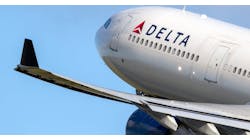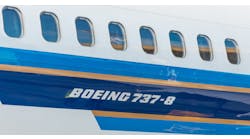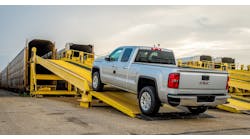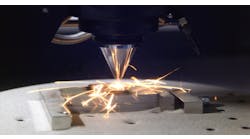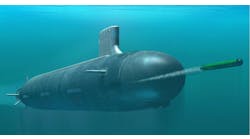General Motors completed its purchase of GM Cruise Holdings LLC, the autonomous vehicle technology developer in which it had been the major stakeholder since 2016. No cost was reported for the acquisition, which involved about 10% of the Cruise organization.
In December the automaker announced its plan to make Cruise a wholly owned subsidiary and to combine the self-driving technology with its own autonomous vehicle technology and driver assistance systems for personal vehicles.
GM expects to cut the program costs by as much as $1 billion per year by ending the Cruise robotaxi development effort.
Reportedly, nearly half of Cruise’s 2,100 employees will be made redundant as a result of the combination.
GM will integrate the Cruise technology into the Super Cruise assisted driving system, which is a software platform that allows hands-off driving on more than 20 GM vehicle models. The plan is to expand Super Cruise technology for use on surface streets as development continues toward autonomous vehicles.
“By combining the specialized technology and talent at Cruise with our team developing Super Cruise, we’ll have the ability to accelerate our work on both assisted-driving and autonomous driving," stated Dave Richardson, senior vice president of software and services engineering. “We look forward to teaming with Cruise to accelerate our work together.”
Cruise was launched in 2013 with a plan to offer self-driving technology as kits, in a direct-to-consumer model. General Motors made its majority investment three years later, but it allowed the developers at Cruise to retain their responsibility for the research and technology, and its commercialization.
Cruise LLC was centered on a self-driving electric vehicle based on the Chevrolet Bolt platform, and relies on radar, Lidar, camera sensors, and AI-based learning to optimize performance.
The company introduced robotaxi services in California, Arizona, and Texas, but multiple safety problems led to suspension of some state permits and slowed the development and wider expansion of the operations.


